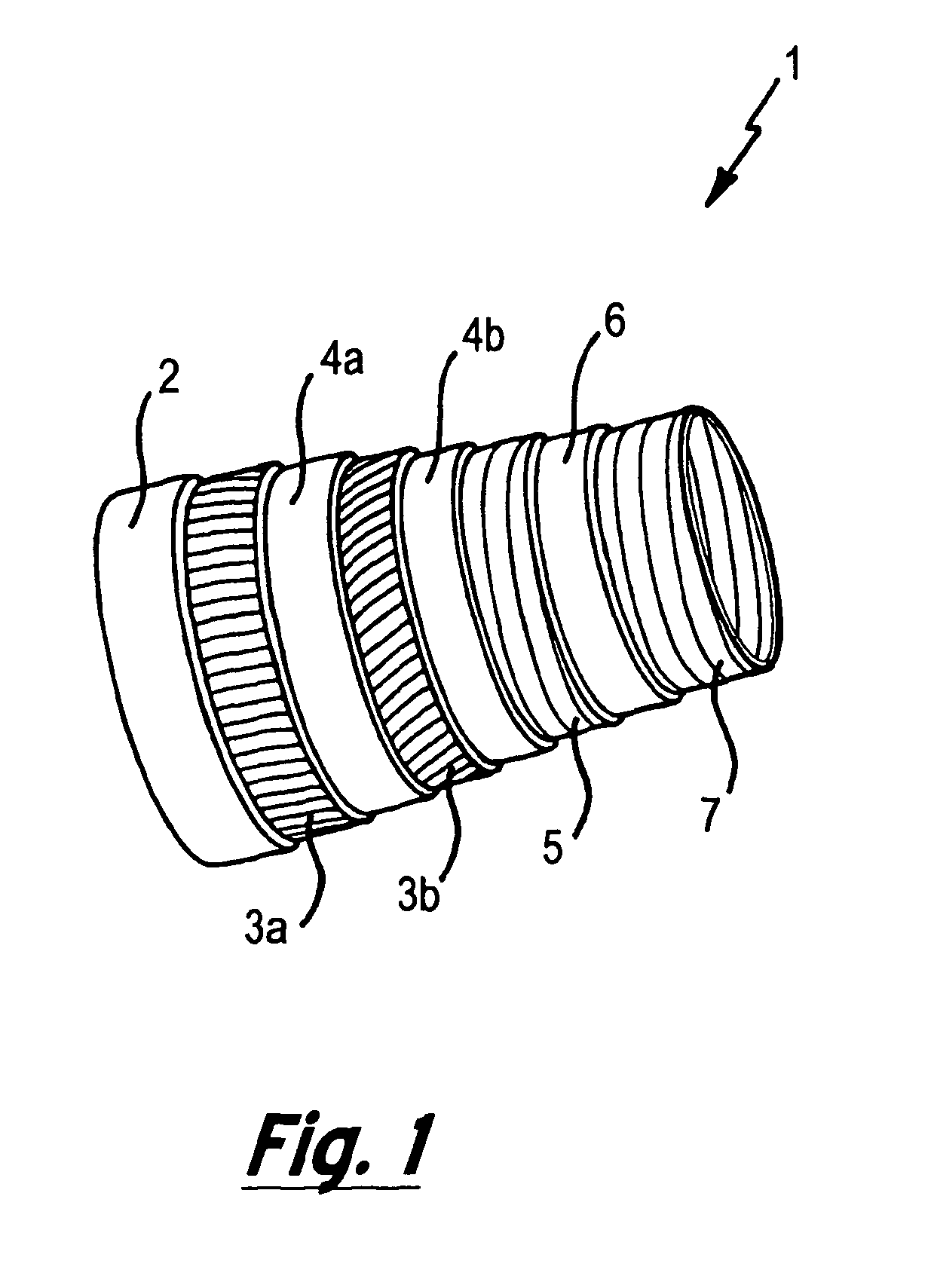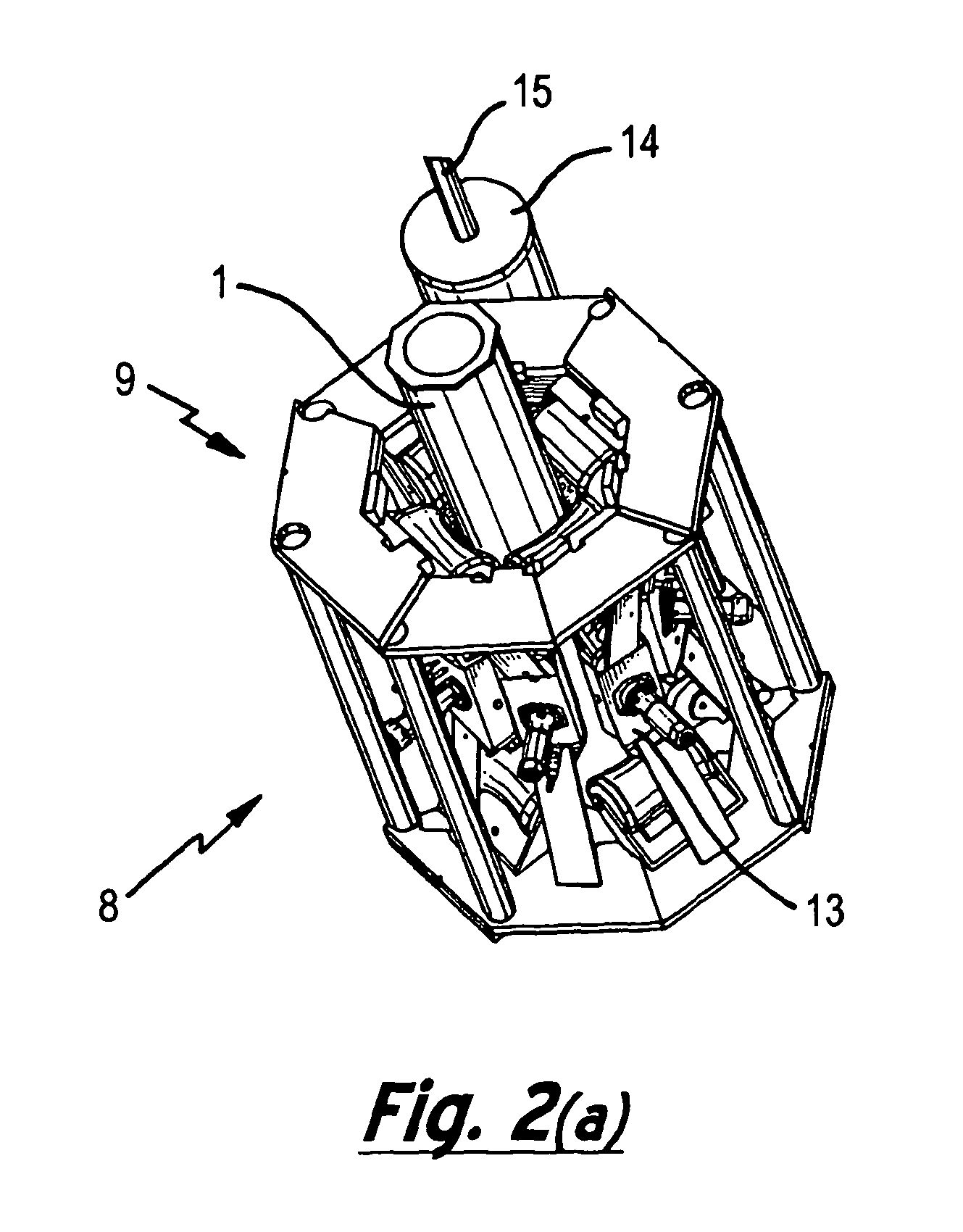Electromagnet inspection apparatus with a movable magnet and method for non-destructive testing of electrically conductive test components
a technology of electrically conductive components and inspection apparatus, which is applied in the direction of magnetic property measurement, material magnetic variables, instruments, etc., can solve the problems of large mismatch between the acoustic impedance of air and the acoustic impedance of test materials, and the inability to detect the electrical conductivity of the test material. to achieve the effect of changing the magnetic field strength
- Summary
- Abstract
- Description
- Claims
- Application Information
AI Technical Summary
Benefits of technology
Problems solved by technology
Method used
Image
Examples
Embodiment Construction
[0098]For ease of understanding the present invention will be described with reference to use with a flexible riser, a schematic representation of which is provided in FIG. 1. However, it will be appreciated by those skilled in the art that aspects of the present invention are not limited to use with such components.
[0099]Perspective views of an inspection tool 8 in accordance with an embodiment of the present invention are provided in FIG. 2. In particular, FIG. 2(a) presents the inspection tool 8 in a closed configuration around a flexible riser 1 while FIG. 2(b) presents the inspection tool 8 in an open configuration.
[0100]The inspection tool 8 can be seen to comprise a clamp 9 that in the closed configuration of FIG. 2(a) fully encircles the flexible riser 1. The clamp 9 comprises six separate clamp sections 10a to f that are pivotally mounted to each other. A mechanical clasp 11 provides a means for securing the first clamp section 10a to the sixth clamp section 10f when the in...
PUM
| Property | Measurement | Unit |
|---|---|---|
| magnetic field | aaaaa | aaaaa |
| permeability | aaaaa | aaaaa |
| distance | aaaaa | aaaaa |
Abstract
Description
Claims
Application Information
 Login to View More
Login to View More - R&D
- Intellectual Property
- Life Sciences
- Materials
- Tech Scout
- Unparalleled Data Quality
- Higher Quality Content
- 60% Fewer Hallucinations
Browse by: Latest US Patents, China's latest patents, Technical Efficacy Thesaurus, Application Domain, Technology Topic, Popular Technical Reports.
© 2025 PatSnap. All rights reserved.Legal|Privacy policy|Modern Slavery Act Transparency Statement|Sitemap|About US| Contact US: help@patsnap.com



